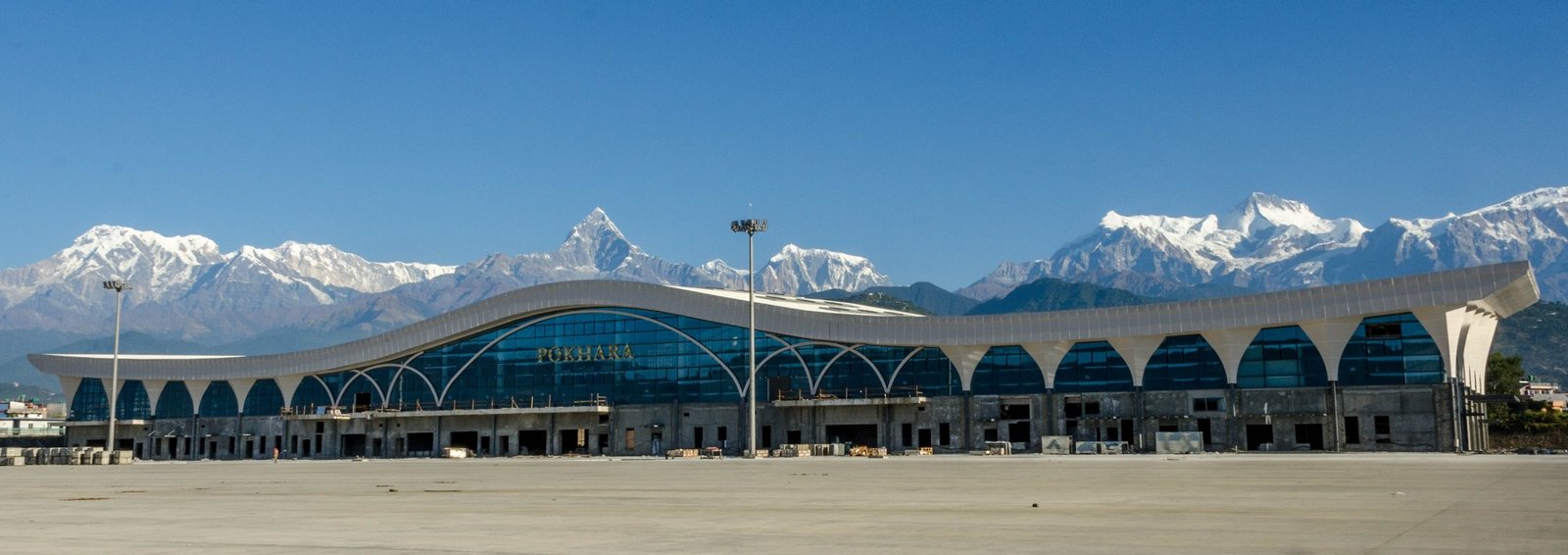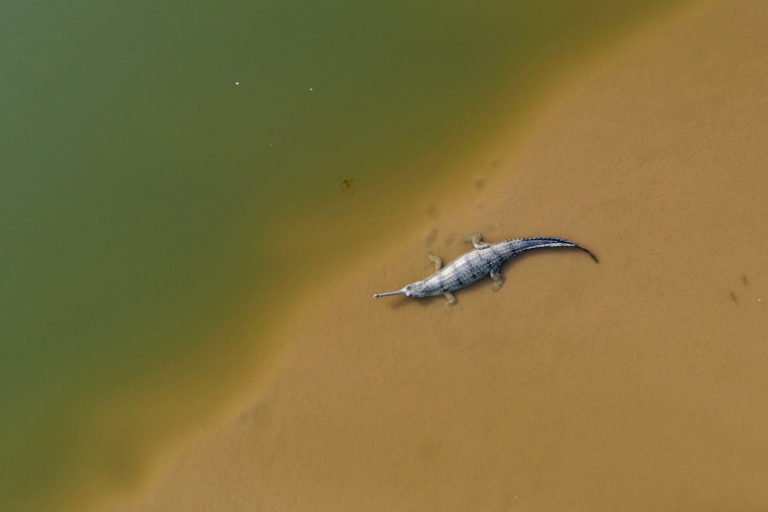- With Nepal’s newest international airport set to open at the start of 2023, there’s still no concrete plan to relocate a nearby waste landfill site.
- The site attracts a host of birds, including several threatened vulture species, and conservationists warn there’s a high risk of bird strikes once flights begin.
- They also say it’s too late to relocate the landfill now, with the vultures expected to continue returning to the site for months or even years to come.
- The civil aviation authority says it will take measures to keep the birds away from the airport and out of danger, including with the use of lasers, reflectors and loud noises.
KATHMANDU — Conservationists in Nepal have expressed concern over the opening of a new airport in the tourist town of Pokhara, renowned as a bird paradise, at the start of next year.
The opening of the $216 million facility has been delayed several times already. In the latest announcement, Jeevan Ram Shrestha, the minister for culture and aviation, said flights will start from Jan. 1, 2023.
However, a key issue raised by conservationists has yet to be resolved. A landfill site close to the airport, which draws several threatened species of vultures, has not yet been relocated, posing a high risk of aircraft-bird collisions once the airport goes into operation.
Bikram Bikram Raj Gautam, head of the Pokhara office of the Civil Aviation Authority of Nepal (CAAN), confirmed the new opening date and acknowledged the landfill matter: “We are hopeful that the local municipal officials will move the landfill site soon,” he said.
The Pokhara Valley is home to 470 species of birds and all nine species of vultures found in South Asia, including the critically endangered slender-billed vulture (Gyps tenuirostris) and white-rumped vulture (Gyps bengalensis). The area also falls on the migration route of the endangered steppe eagle (Aquila nipalensis).
The birds are accustomed to feeding at the landfill site, which means they’ll keep coming to the area for months or even years after the waste is relocated elsewhere, conservationists say. During this period, the risk of aircraft-bird collisions will remain high, they add.
“The Bachchebaduwa landfill site located close to the new airport has not been moved yet,” said Manshanta Ghimire, president of the Pokhara Bird Society, an NGO working on the conservation of birds and their habitats. “We have seen bird [strikes] at the Kathmandu airport, where hits are common even six decades after the first flights landed there.”
Ghimire noted that while the birds being struck in Kathmandu “are generally species of least concern, in the case of Pokhara we are dealing with threatened and critically endangered species.”
Pokhara’s recently elected mayor, Dhanraj Acharya, said moving the landfill site is a priority for him. Acharya, who has been making the rounds of various cities across Nepal and in neighboring India to learn how they’re managing their waste, has not yet come up with a clear plan to relocate the landfill site.
Man Bahadur G.C., Acharya’s predecessor, set up a committee of experts, including civil aviation officials, to find an appropriate new site for the landfill. The committee settled on Timurpata in the southeastern part of the city, noting that it was far from major sources of water, human habitation, and, crucially, the airspace of the new airport.
But local political leaders have balked at the choice, submitting a written protest to the mayor to say that the relocation would make the area unlivable.

The new international airport, spread across 200 hectares (nearly 500 acres), sits 3 kilometers, or less than 2 miles, east of Pokhara’s existing domestic airport. Officials say the facility will serve as Nepal’s third international hub, hosting flights to and from neighboring India and China as well as Southeast Asia, seen as a potential tourism market. (Nepal’s two other international airports are in Kathmandu and in Lumbini, the birthplace of the Buddha and an important pilgrimage site.)
CAAN officials say that as the Pokhara authorities are committed to moving the landfill “very soon,” they plan to employ various measures in the meantime, such as lasers, reflectors and different types of loud noises, to shoo away the birds.
“We also plan to clear all bushes and trees on the airport premises that could attract birds,” said Gautam from the CAAN.
Besides the landfill site, the area where the airport has been built was itself a big attraction for birds, said Ghimire from the Pokhara Bird Society.
“The airport was envisioned back in the 1970s and the land vacated soon after,” Ghimire told Mongabay. “As the land was vacant for a long time, herders from the upper regions of Gandaki province brought their horses for grazing and some of them died on the land. The carcasses served as good food for birds such as vultures.”
Five years after the construction of the airport began, the birds still continue to look for prey at the airport site.
“One can only imagine how long the birds of prey will continue to circle over the landfill site, even after it is moved. A vulture was recently photographed on the runway of the new airport,” Ghimire said.
Conservationist Krishna Prasad Bhusal, a member of the Vulture Specialist Group at the IUCN, the global wildlife conservation authority, also expressed concern about the potential for bird strikes.
“God forbid, bird strikes could cause accidents that could tarnish the image of the tourist city,” he said. “The airport was built to bring in more tourists, but could end up doing the opposite.”
Bhusal said that although it’s too late to move the landfill site, authorities still need to speed up the planned translocation.
“The landfill has to be moved at the earliest, then only can we think of ways to minimize potential damages,” he said.
But with no concrete plan yet from the mayor’s office, and just four months to go until the airport’s grand opening, that prospect looks increasingly unlikely.
Banner Image: Critically endangered white-rumped vultures at a feeding center in Nepal. Image by Abhaya Raj Joshi for Mongabay
Feedback: Use this form to send a message to the author of this post. If you want to post a public comment, you can do that at the bottom of the page.











